Inside Mar-a-Lago, Donald Trump’s home, club, ‘winter White House’ and document store
Former president’s Florida estate has been the scene of extraordinary goings-on in recent years

Palm Beach, a barrier island just off Florida’s Atlantic coast, has long been a winter resort for the grandest American families, such as the Fords, the Pulitzers and the Kennedys. And in the 1920s, the cereal heiress Marjorie Merriweather Post built a vast house there: a 58-bedroom mansion designed in a lavish “Spanish-Moorish-Portuguese-Venetian” style, with a 1,800 sq ft living room, and a 75ft castle tower.
Decor was chosen by a Viennese theatrical designer; bathroom fittings were gold-plated. It stands on a 17-acre plot extending across the island, from the sea to Lake Worth Lagoon (hence its name). It cost Post $7m to build – around $100m today. When she died in 1973, Post left it to the US government, in the hope that it would become a “winter White House”.
How did Trump end up with it?
The government decided it was too expensive to maintain, and the Post family put it up for sale in the 1980s. Trump bought it for around half of the $20m asking price, having bought a slice of adjoining beachfront and threatened to build a large property spoiling its view.
The Week
Escape your echo chamber. Get the facts behind the news, plus analysis from multiple perspectives.

Sign up for The Week's Free Newsletters
From our morning news briefing to a weekly Good News Newsletter, get the best of The Week delivered directly to your inbox.
From our morning news briefing to a weekly Good News Newsletter, get the best of The Week delivered directly to your inbox.
It seems he bought it initially as a “statement”, but he and his first wife Ivana soon embraced the Florida lifestyle. However, in the 1990s, after a string of bankruptcies, Trump felt compelled to turn it into a private club – one that, unlike the snooty older clubs of Palm Beach, welcomed Jewish people, black people and gay couples.
Moneyed locals tried to block the move, but Trump prevailed. It became the Mar-a-Lago Club, with some 500 members, who paid an “initiation fee” of $200,000 and five-figure annual dues. The library was turned into a bar, and adorned with a portrait of Trump in tennis whites entitled The Visionary. The Trumps maintained private quarters in part of the house.
How did his presidency affect Mar-a-Lago?
Post’s wish was finally fulfilled, though not quite in the way she imagined it: Trump declared Mar-a-Lago to be his “winter White House”, and spent much time there. In his first year as president in 2017, he spent more than 40 days at his Florida retreat.
In April of that year, he met the Chinese president, Xi Jinping, there and told him about the missile strikes he had ordered against Syria while Xi was eating “the most beautiful piece of chocolate cake you have ever seen”. (“He was OK with it,” Trump later explained.) The same year, he entertained the then Japanese PM, Shinzo Abe, at Mar-a-Lago: the pair and their aides hammered out a response to a North Korean missile test on the dining patio in full view of members.
A free daily email with the biggest news stories of the day – and the best features from TheWeek.com
The new presidential buzz meant that business boomed. The initiation fee, which had been dropped to $100,000 in 2012, after the Bernie Madoff scandal, was raised back up to $200,000.
Was that strictly ethical?
US presidents have often been rich men with mansions, but Trump was the first who was effectively charging people to join him at his. This provided ample opportunity for lobbying by members: people such as the billionaire Bill Koch, the real estate developer Bruce Toll and the insurance mogul George Norcross. “Mar-a-Lago represents a commercialisation of the presidency that has few if any precedents in American history,” complained the historian Jon Meacham.
The costs to the public purse were also considerable: the fact that Trump regularly mingled with 1,000 or so people who attended events there at weekends posed major challenges for the Secret Service (who were charged up to $650 per night to stay in the club’s rooms). Two Chinese women, one armed with surveillance equipment, were caught trespassing and deported.
Why is Mar-a-Lago still in the news?
Primarily because of the affair of the classified documents. After he was defeated in 2020, Trump decamped to Florida, taking boxes full of presidential documents. When US presidents leave office they are required by law to return all such documents to the national archives. In May 2021, the archives became aware that many had still not been returned.
After repeated requests, some were returned, and assurances given that nothing else remained. But the Department of Justice received evidence suggesting that this was not the case. This triggered a criminal investigation by the FBI for potential obstruction of justice and violation of the Espionage Act. On 8 August 2022, the FBI duly executed a search warrant on Mar-a-Lago, and retrieved a large number of files.
What did the documents contain?
In total, more than 11,000 documents were discovered, some from a locked facility in a basement, and some, unsecured, from Trump’s office. They included more than 100 marked as classified: 18 were marked as top secret, 54 as secret, and 31 as confidential.
Many related to vital issues of national security. One concerns “a foreign government’s military defences, including its nuclear capabilities”. Another is marked “Info re: the President of France”. Beyond that, the contents have not been disclosed.
Trump and his lawyers say that nothing is amiss, and have fought the case fiercely; he claimed he had issued a “standing order” that declassified anything he took home. “If you’re the president,” he explained, “you can declassify just by saying ‘it’s declassified’, even by thinking about it.”
The mystery of the Mar-a-Lago papers
The unanswered question at the heart of the affair of the Mar-a-Lago documents is why Trump kept them in the first place. There has been much conjecture. It is said that he has a childlike obsession with collecting knick-knacks and, perhaps innocently, he wanted to keep his hands on some presidential memorabilia.
Trump reportedly told associates that he regarded some of the documents, such as his “love letters” from the North Korean dictator Kim Jong Un, as his personal property. He reportedly wanted to keep an Air Force One model displaying a bespoke paint job he had commissioned for the presidential jet, and resented restrictions against hanging on to such stuff. It has also been suggested that he thought he could get some money for the material: he has reportedly boasted of having “intelligence” on Emmanuel Macron’s sex life.
Other, more sinister explanations, have been offered: that Trump might have been trying to keep something out of the hands of his enemies; or that he was contemplating selling secrets abroad. Trump’s former attorney, Michael Cohen, has argued that, in the event of being convicted over the assault on the Capitol on 6 January 2021, Trump wanted to be able “to extort the country” using his secret files “as leverage”.
How is life at Mar-a-Lago now?
After a period of withdrawal following his defeat, Trump seems to be enjoying life there again. According to a recent report in The Guardian, he acts as the DJ “every night”. At about 9.30pm, staff bring the laptop over and he picks the songs, usually the same ten or so from the era when he was a keen clubber, such as YMCA and a few Elton John numbers. “Sometimes he dances”, while sitting at his table, said a member.
Trump signals the end of the evening by playing the hymn How Great Thou Art.
-
 US citizens are carrying passports amid ICE fears
US citizens are carrying passports amid ICE fearsThe Explainer ‘You do what you have to do to avoid problems,’ one person told The Guardian
-
 All roads to Ukraine-Russia peace run through Donetsk
All roads to Ukraine-Russia peace run through DonetskIN THE SPOTLIGHT Volodymyr Zelenskyy is floating a major concession on one of the thorniest issues in the complex negotiations between Ukraine and Russia
-
 Why is Trump killing off clean energy?
Why is Trump killing off clean energy?Today's Big Question The president halts offshore wind farm construction
-
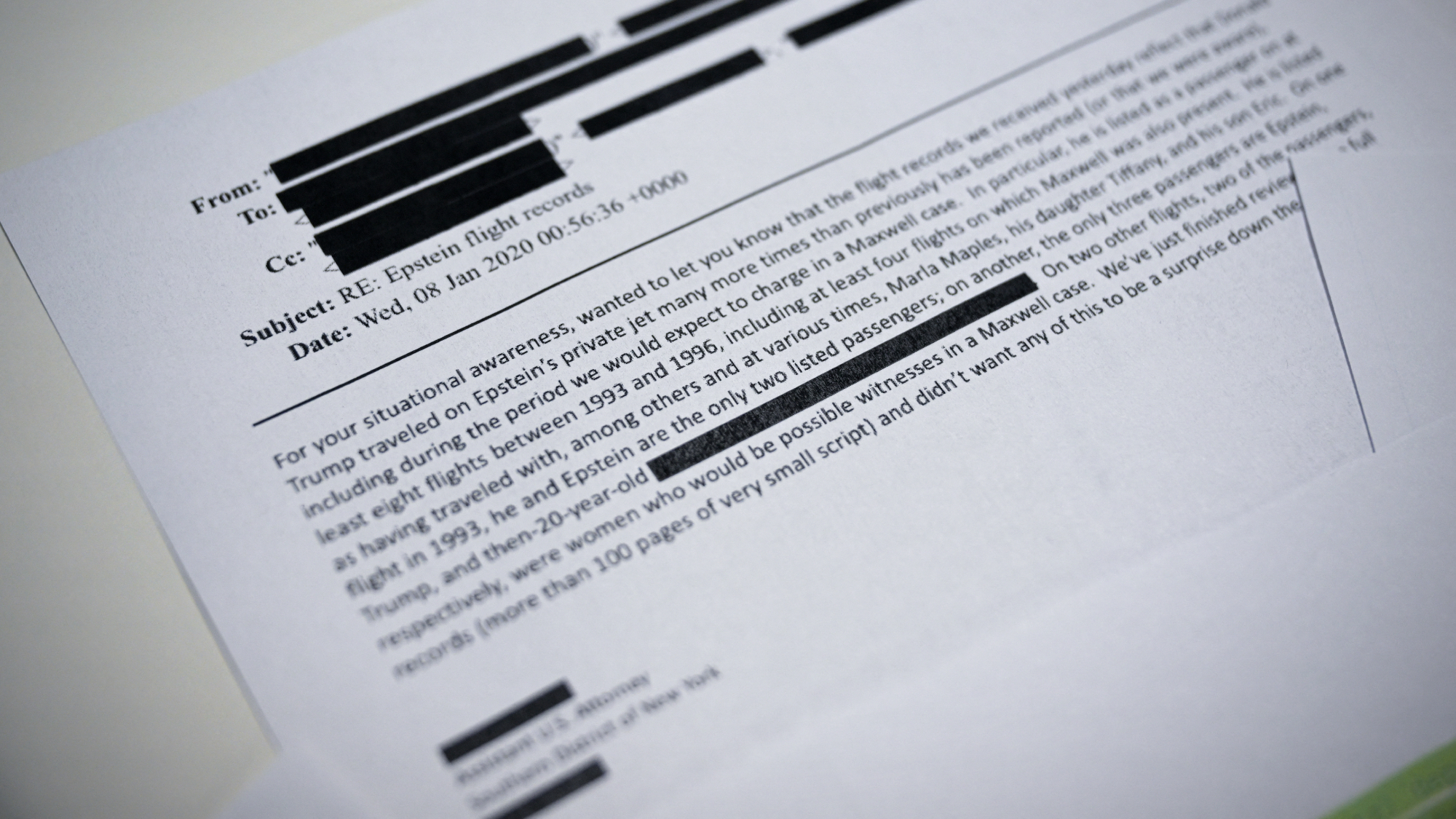 Trump appears numerous times in new Epstein batch
Trump appears numerous times in new Epstein batchSpeed Read
-
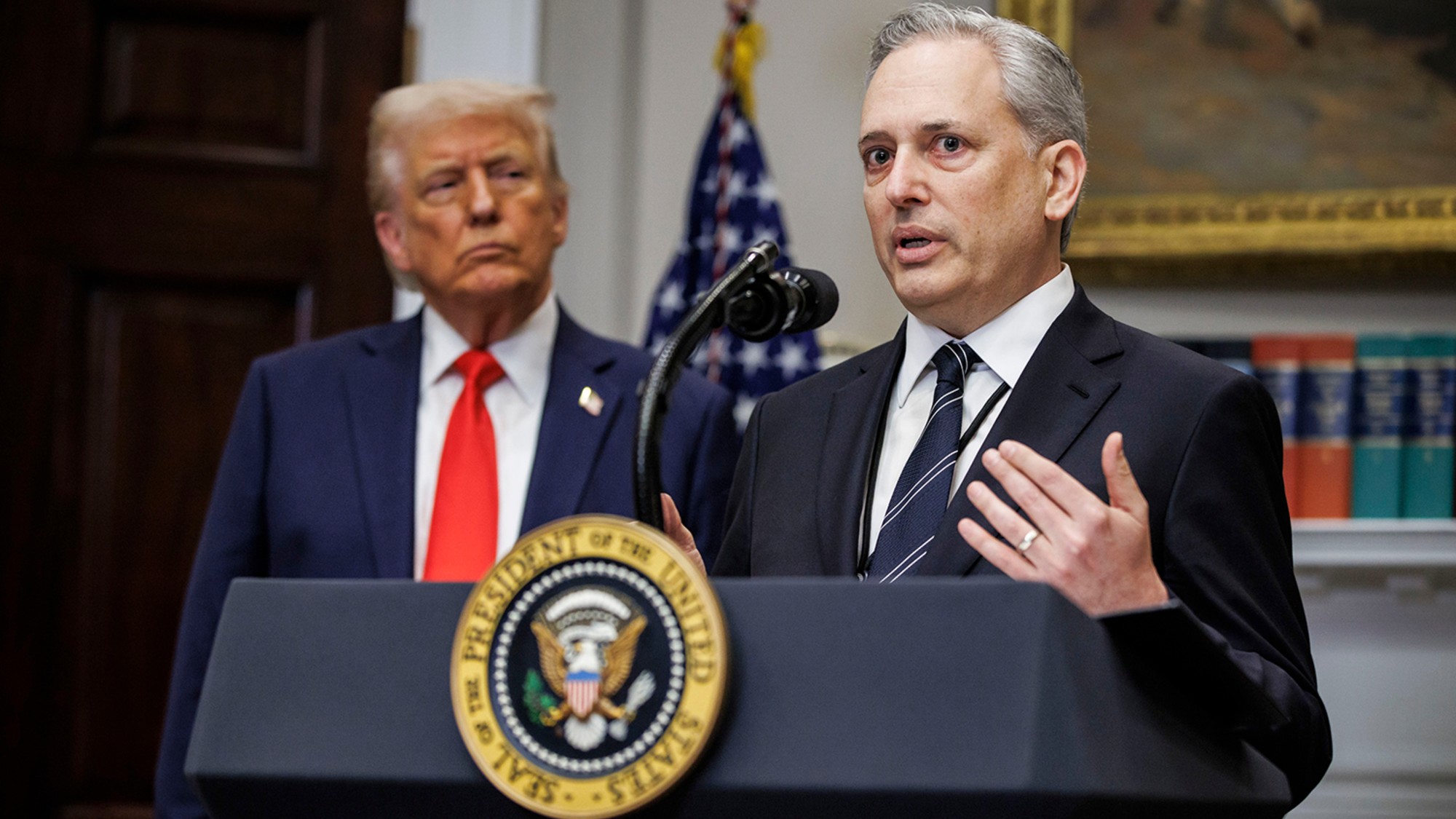 Trump vs. states: Who gets to regulate AI?
Trump vs. states: Who gets to regulate AI?Feature Trump launched a task force to challenge state laws on artificial intelligence, but regulation of the technology is under unclear jurisdiction
-
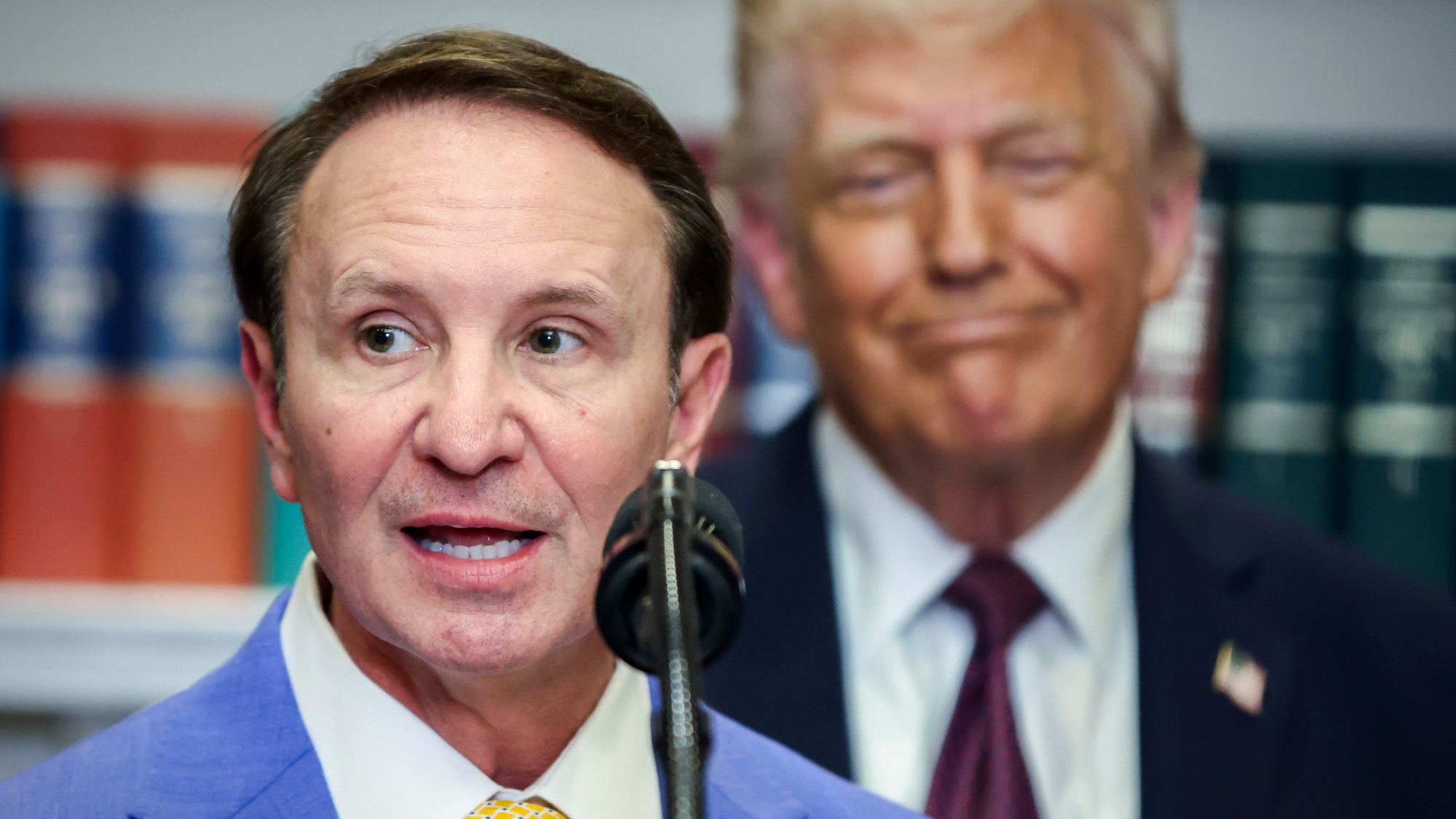 Danes ‘outraged’ at revived Trump Greenland push
Danes ‘outraged’ at revived Trump Greenland pushSpeed Read
-
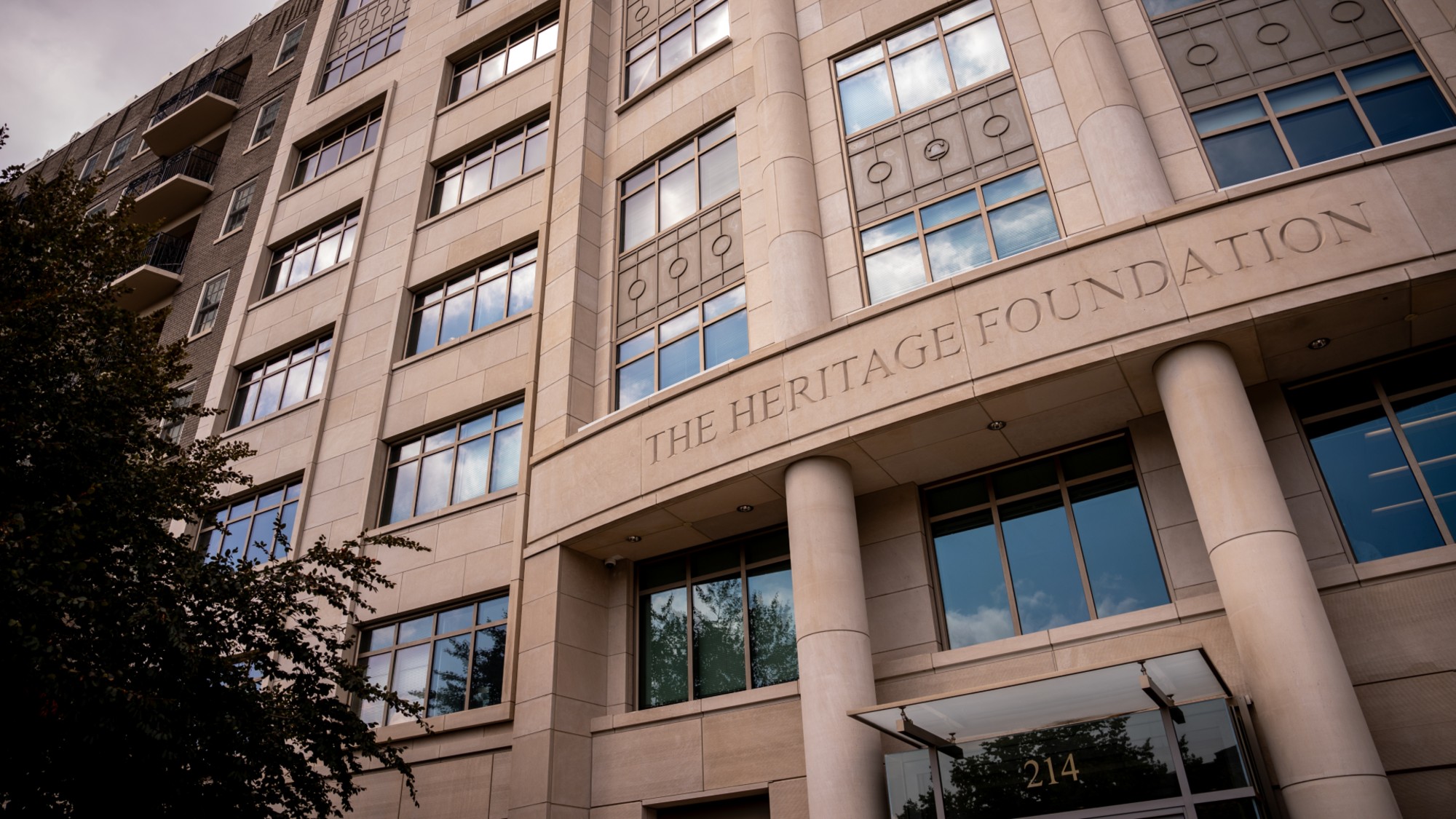 ‘Tension has been building inside Heritage for a long time’
‘Tension has been building inside Heritage for a long time’Instant Opinion Opinion, comment and editorials of the day
-
 The MAGA civil war takes center stage at the Turning Point USA conference
The MAGA civil war takes center stage at the Turning Point USA conferenceIN THE SPOTLIGHT ‘Americafest 2025’ was a who’s who of right-wing heavyweights eager to settle scores and lay claim to the future of MAGA
-
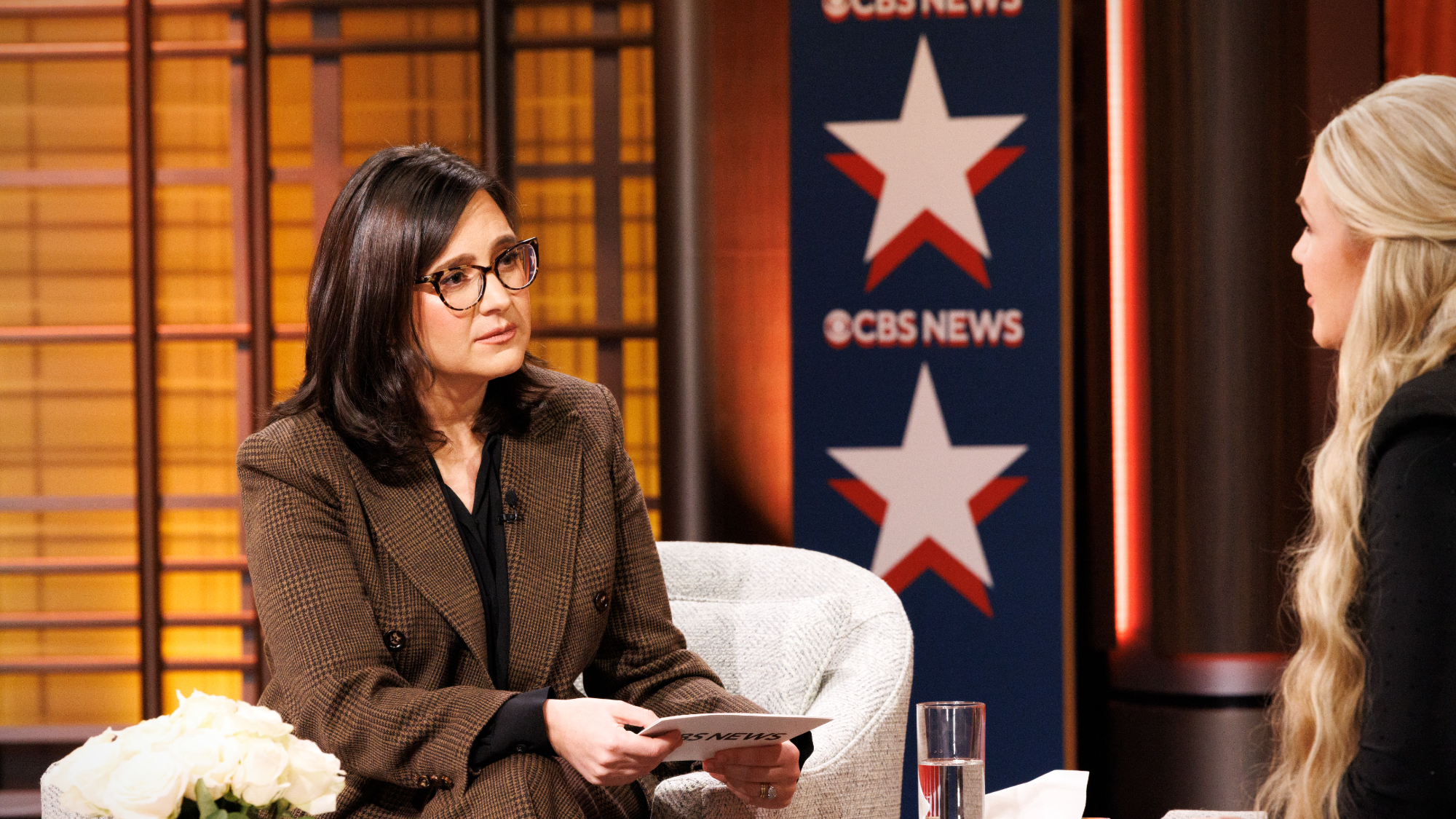 CBS pulls ‘60 Minutes’ report on Trump deportees
CBS pulls ‘60 Minutes’ report on Trump deporteesSpeed Read An investigation into the deportations of Venezuelan migrants to El Salvador’s notorious prison was scrapped
-
 Trump administration posts sliver of Epstein files
Trump administration posts sliver of Epstein filesSpeed Read Many of the Justice Department documents were heavily redacted, though new photos of both Donald Trump and Bill Clinton emerged
-
 Is Trump deliberately redacting Epstein files to shield himself?
Is Trump deliberately redacting Epstein files to shield himself?Today’s Big Question Removal of image from publicly released documents prompts accusations of political interference by justice department